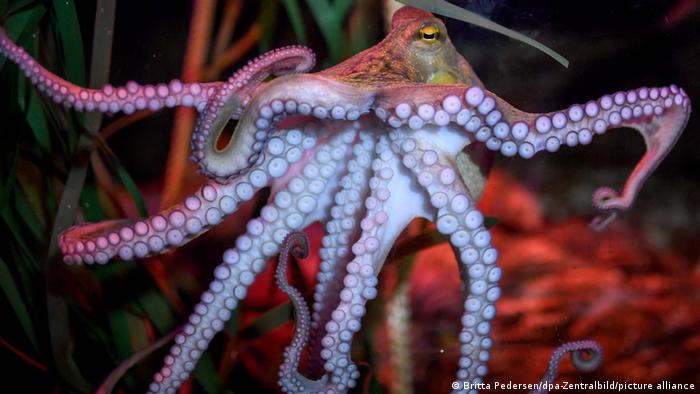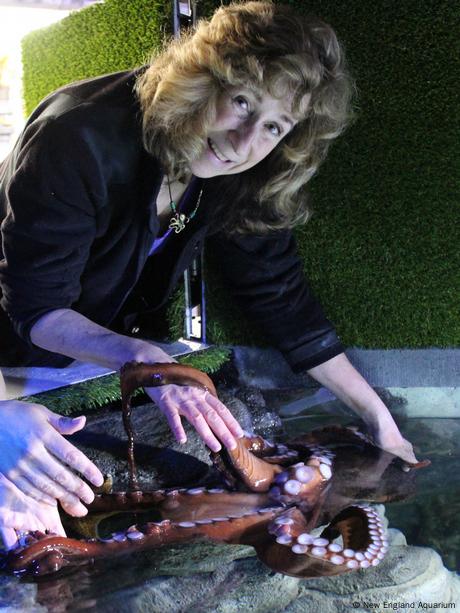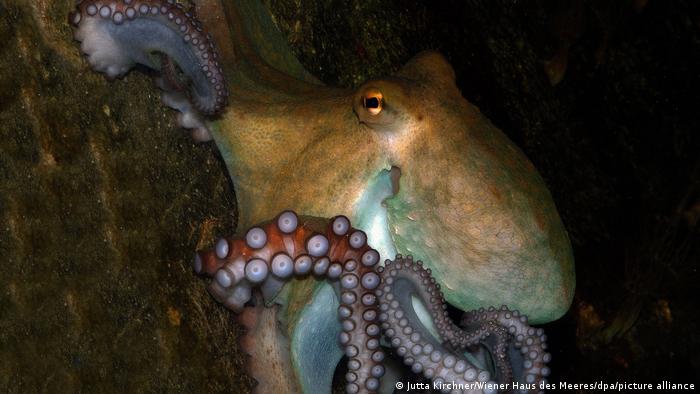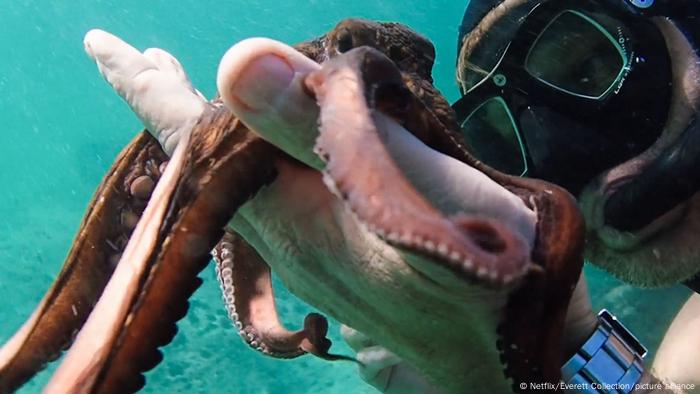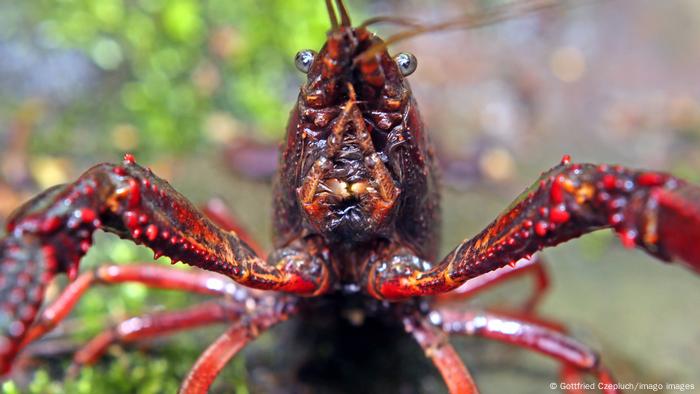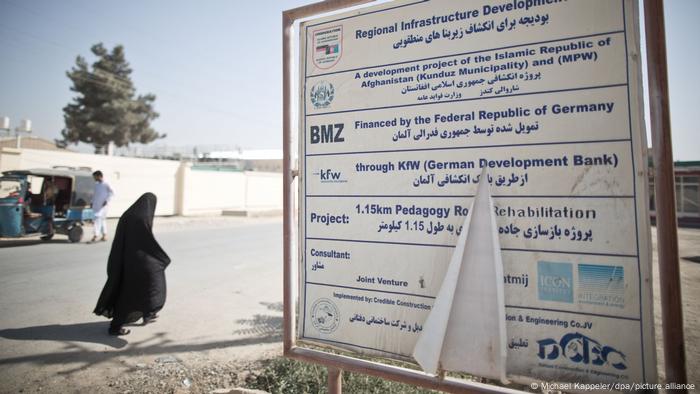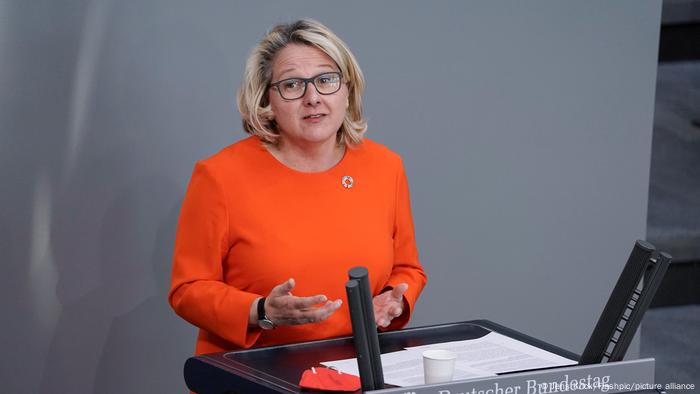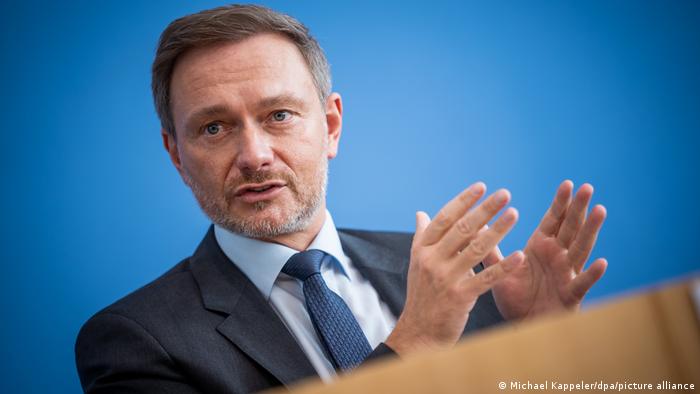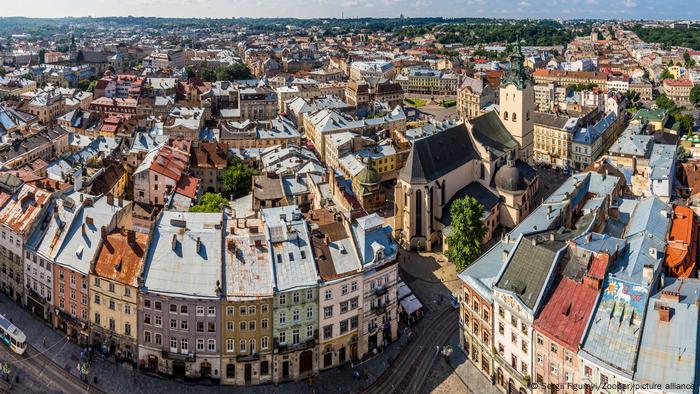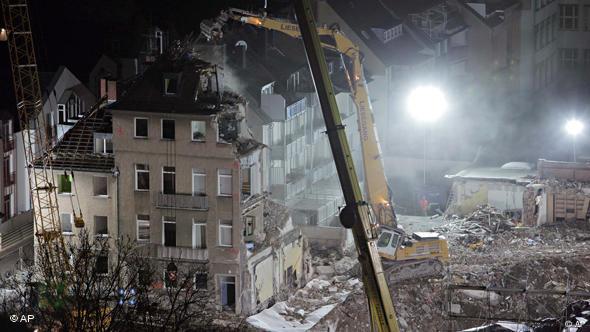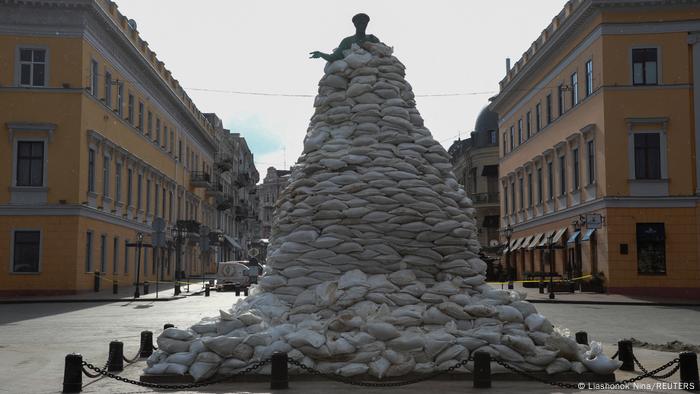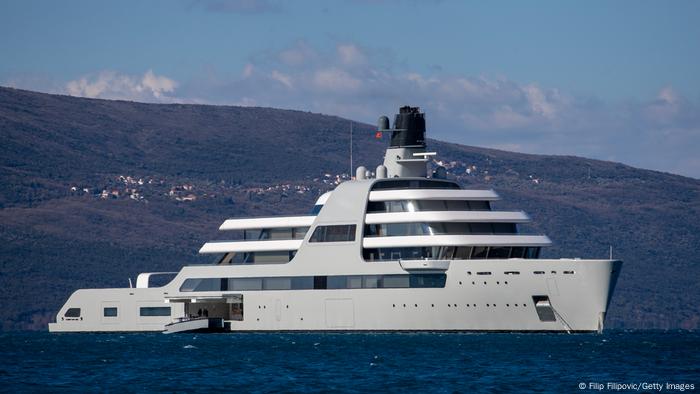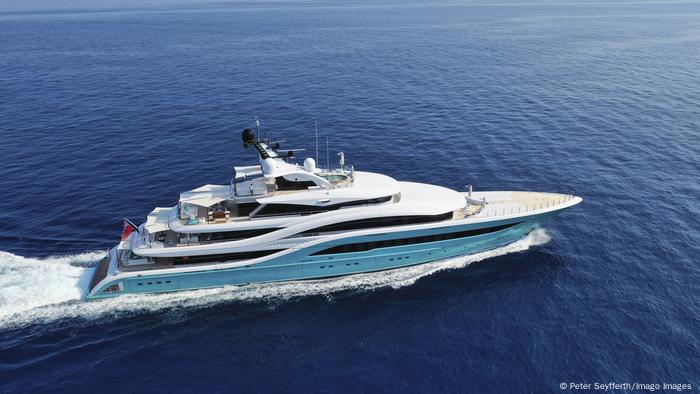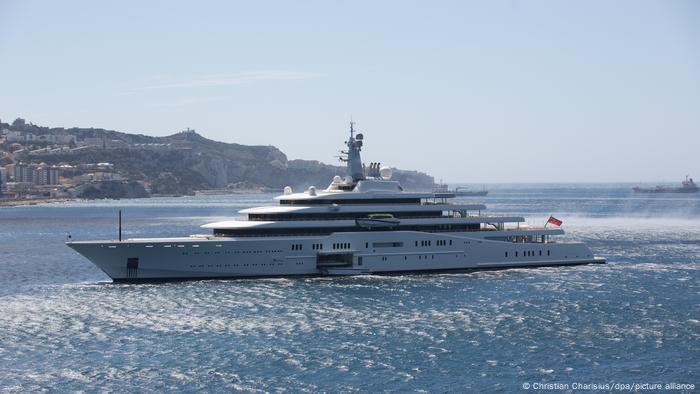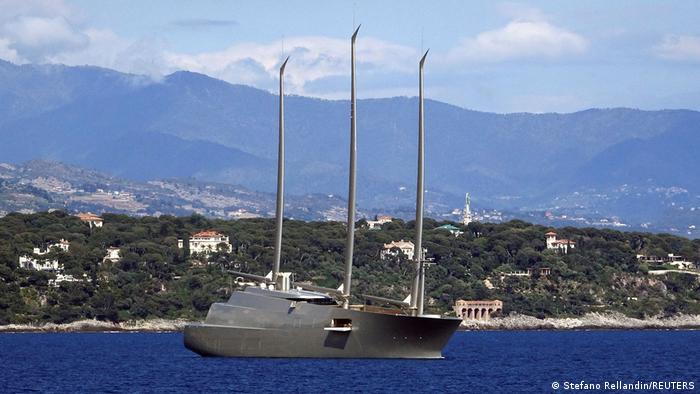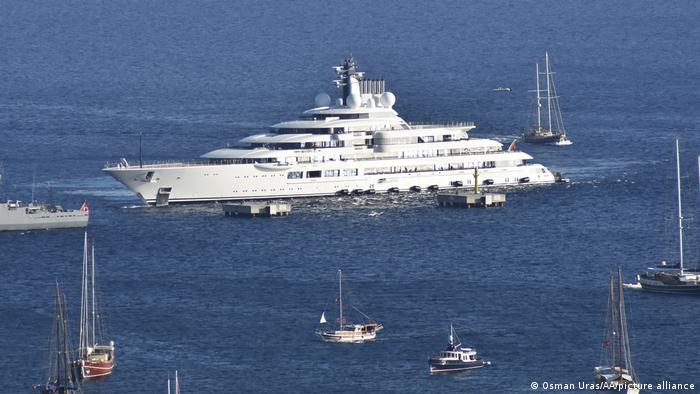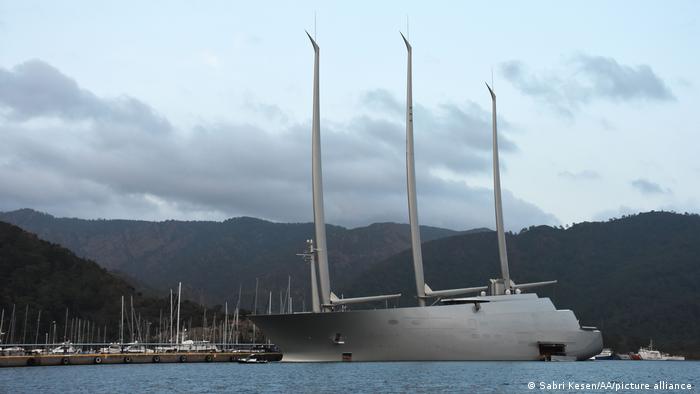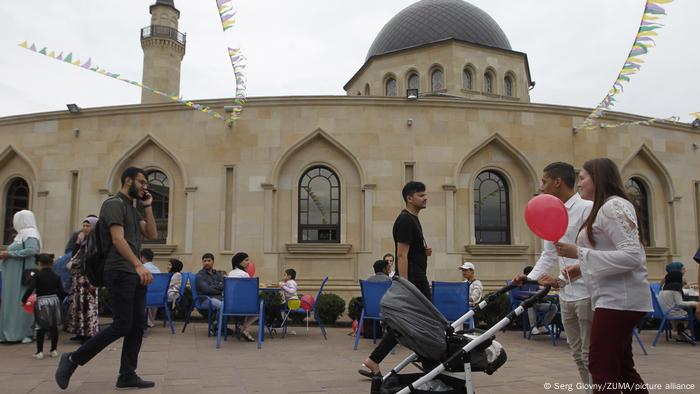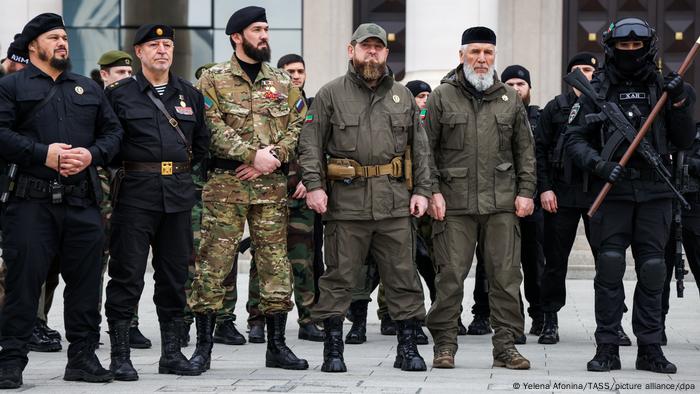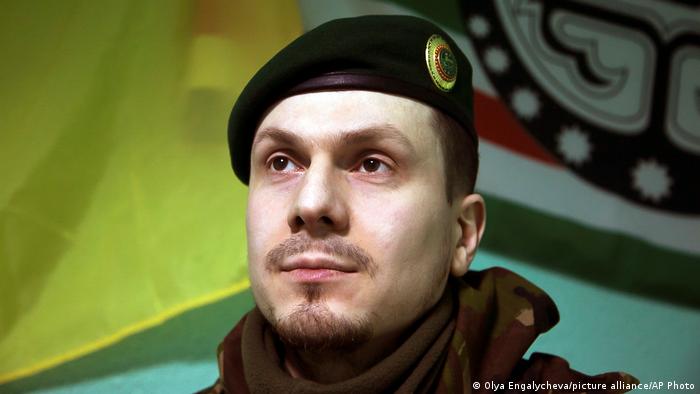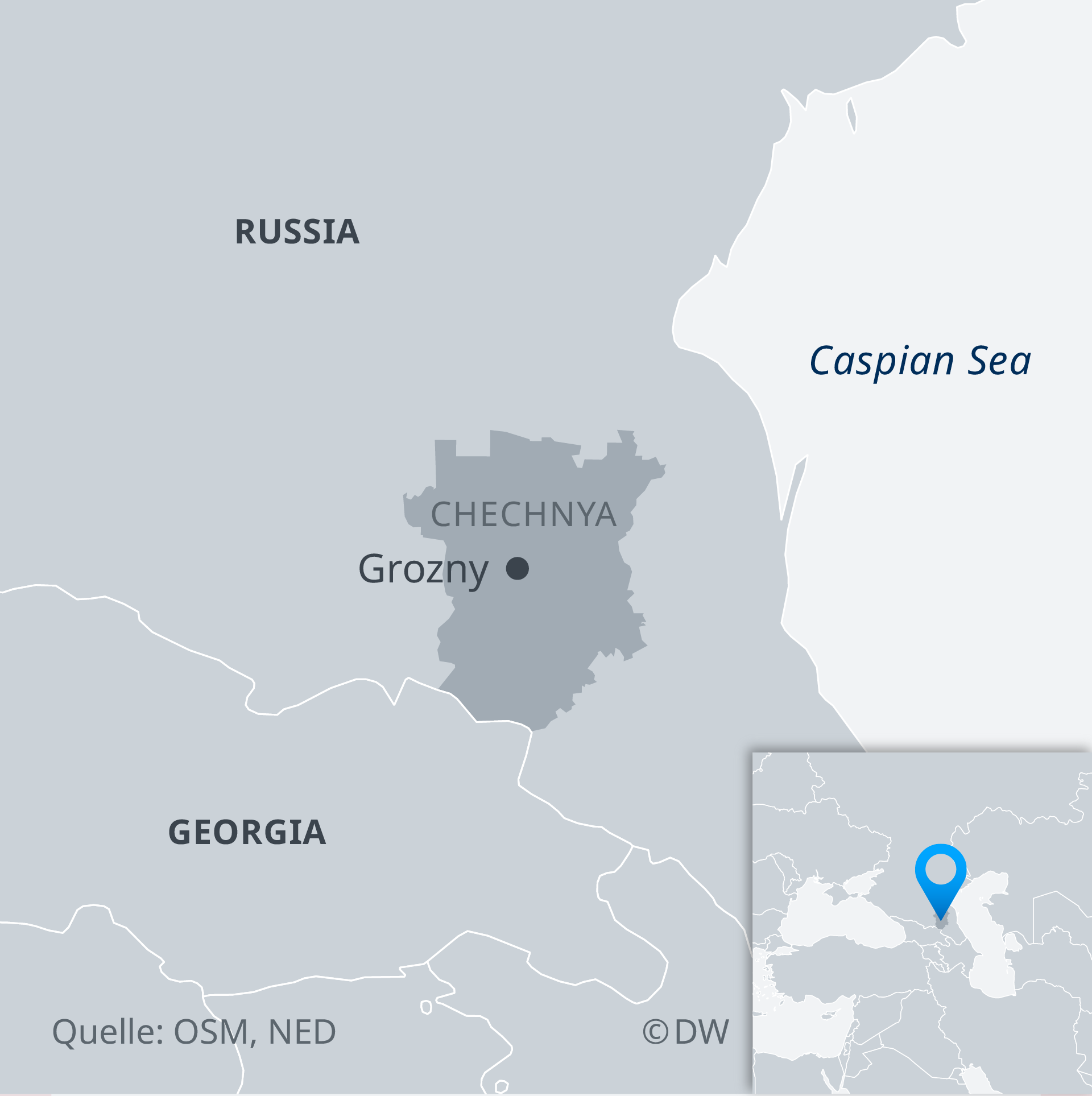A new Berlin show explores how the French artist's world-famous paintings from the South Sea islands contributed to the myth of an exotic paradise.

Even though he was disappointed by the impact of colonization in French Polynesia, he didn't transmit that in his works
At the end of the 19th century, French artist Paul Gauguin was tired of the Parisian arts scene. He felt European civilization was "artificial and conventional" and aimed to reconnect with a sense of purity, which he believed could be found in "untouched" civilizations.
He therefore left France and his family behind in 1891, setting sail for Tahiti, and later the Marquesas island of Hiva Oa (French Polynesia), where spent most of the rest of his life, until his death in 1903 at the age of 54.
Inspired by the simple everyday life of the Tahitians, his South Seas paintings with pure, strong colors, conveyed the island's tropical atmosphere.
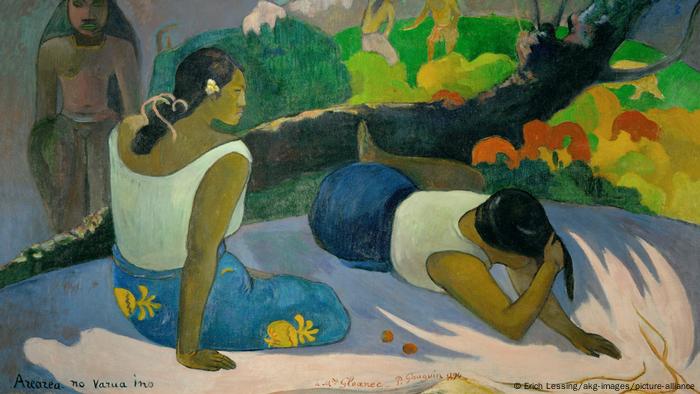
'Amusements in the spirit of the devil,' a Gauguin painting from 1894
During that period, he created a large number of important works that are still famous today — portraits of women on the beach, harvesting, sitting under a tree, half-naked, eating fruit.
The myth of the untouched natural paradise
The myth of the islands' exoticism appealed to him. He positioned himself against colonialism, but he also had questionable relations with 13-year-old girls.
With his South Seas paintings, Paul Gauguin, born in Paris in 1848, contributed to shaping a myth that was already circulating in Europe: In the 18th century, several travelogues by European seafarers stylized islands like Tahiti as utopian natural paradises, where free and public love was practiced like a religion.
However, the painter did not find an untouched South Seas paradise on the colonized island. In his travel diary "Noa Noa," he complained about being "disgusted by the whole European triviality" and "disappointed by things that were so far from what I had wished for and, above all, imagined."
But he didn't portray his disappointment or the traces of colonization in his paintings. Were his depictions more wishful thinking than reality?
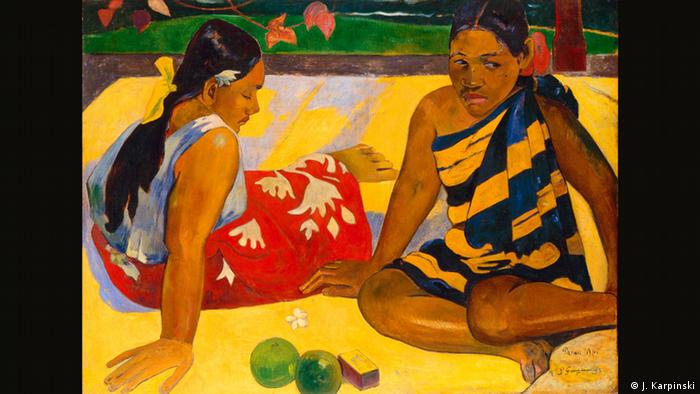
IMPOVERISHED OUTSIDER: PAUL GAUGUIN
Sailor, bank clerk and amateur painter
Before Paul Gauguin decided to become a painter, he spent his time cruising on the world's oceans and working as an investment banker at the Paris Bourse. He earned quite a lot of money and founded a family with five children. The impressionists, holding his amateur paintings in great esteem, encouraged him to present them in their exhibititions - and that's when his social decline began.
12345678910
'Why are you angry?'
The exhibition "Paul Gauguin — Why Are You Angry?" examines the relationship between Gauguin's South Sea myth and the history of colonization. It explores Gauguin's contribution to colonial ideas, attempting to determine how his perspective depicted or even shaped the narrative of the time.
First shown at Ny Carlsberg Glyptotek in Copenhagen, the touring exhibition now opens in Berlin's Alte Nationalgalerie museum.
The exhibition is named after a painting by Gauguin, which in the Tahitian original is called "No te aha oe riri." Created in 1896 during the artist's second stay in Tahiti, it depicts scantily clad women looking away from the viewer, with a few chicken running among them.
The enigmatic title defies clear interpretation. The exhibition similarly offers different interpretations on Gauguin's artistic work.
The show "looks at Gauguin's oeuvre — which was also shaped by Western, colonial ideas of 'the exotic' and 'the erotic' —, juxtaposing the works with historical material from both Gauguin's past and his present, and with international contemporary art," says the Alte Nationalgalerie in its press presentation of the exhibition.
Gauguin's works from Tahiti are set in contrast with works by contemporary artists Angela Tiatia, Yuki Kihara, Rosalind Nashashibi and Lucy Skaer. Some of the artists are from the South Pacific. Their works break with the traditional Western views on the South Seas — and especially with the cliché of the exotic, available woman.
"Paul Gauguin - Why Are You Angry?" is on show from March 25 to July 10 at the Alte Nationalgalerie in Berlin.
This article was originally written in German.
WWW LINKS
Exhibition 'Paul Gauguin — Why Are You Angry?'
